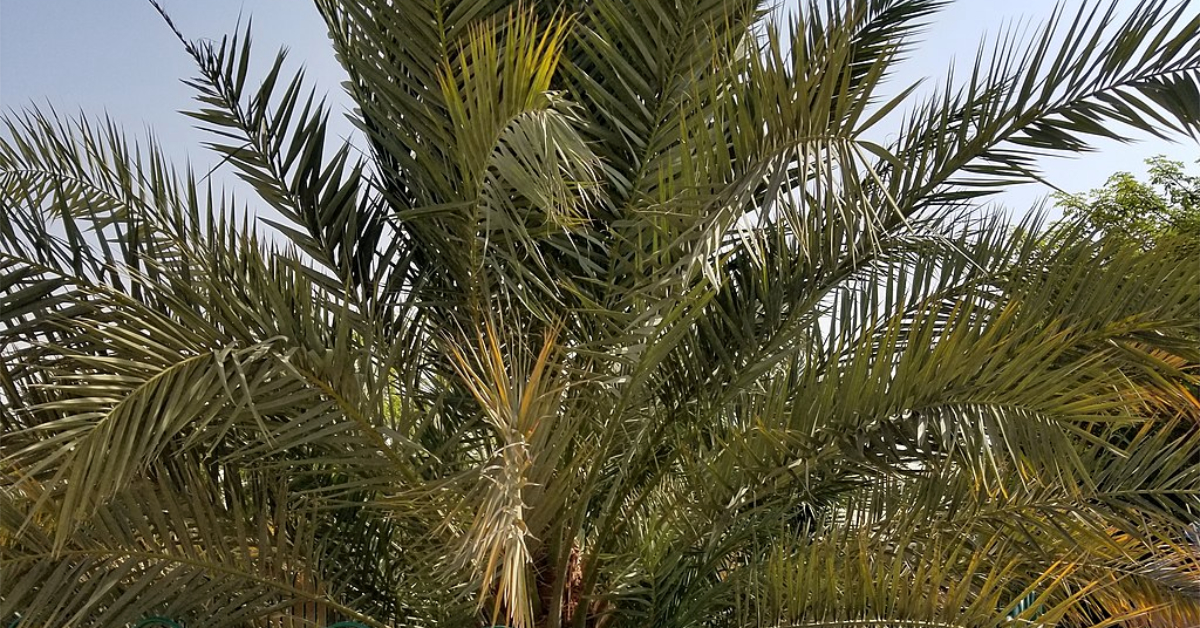Many are familiar with the biblical phrase used to describe the Promised Land, “a land flowing with milk and honey.” We first see that expression early in the Book of Exodus, and it recurs some 20 times after that in the Old Testament. Likewise, the Bible refers frequently to seven agricultural products that characterized the land when it was producing well. They appear together in Deuteronomy 8:8: wheat, barley, grapes, olives, figs, pomegranates, and honey. These were among the staples of the ancient Israelite diet.
The phrase “milk and honey” points to the potential productivity of the land in the raising of flocks and herds (milk), and in the fruitfulness of the land’s vegetation and crops (honey) But wait! Doesn’t honey come from bees? How does that point to agriculture in the way that milk points to pasture animals? While ancient Israel did have wild honey produced by bees, most honey came from dates. A land of “honey” was not a land of wild bees but a land of fruitful date palm trees.
The Judean date palm tree fell victim to geopolitics. During the years of Roman conquest and occupation of the Holy Land, most of these trees were destroyed, which along with other measures, intended to suppress the local economy. The species went all but extinct. However, archaeological excavations in the 1960s at the famous Herodian mountain fortress near the Dead Sea called Masada found a small stockpile of date seeds stored in a clay jar. In 2005, botanical researcher Elaine Solowey set out to see what would happen if the seeds were planted and managed using modern technologies.
The seeds chosen for planting sprouted, grew, and produced trees in Israel’s native soil. Through careful pollination, they recently produced the first ancient date palm fruit seen in centuries. It may not sound as exciting (or terrifying) as Jurassic Park, but it provides an opportunity to study and even to know the taste of the dates that were part of life in ancient Israel. This will contribute to further studies of agriculture, diet, environment, and the economy of the region at that time. For more details, here is an article from the Biblical Archaeology Society (December 2020) and another from Ancient Origins’ website (September 2020).
When we travel to the Holy Land, we get to sample the modern dates produced mainly around the Jericho area. Although not (yet) the ancient variety, dates flourish there today and are delightful and sweet. Here’s to sharing some together soon!
Photo by DASonnenfeld, CC BY-SA 4.0, via Wikimedia Commons, cropped.


